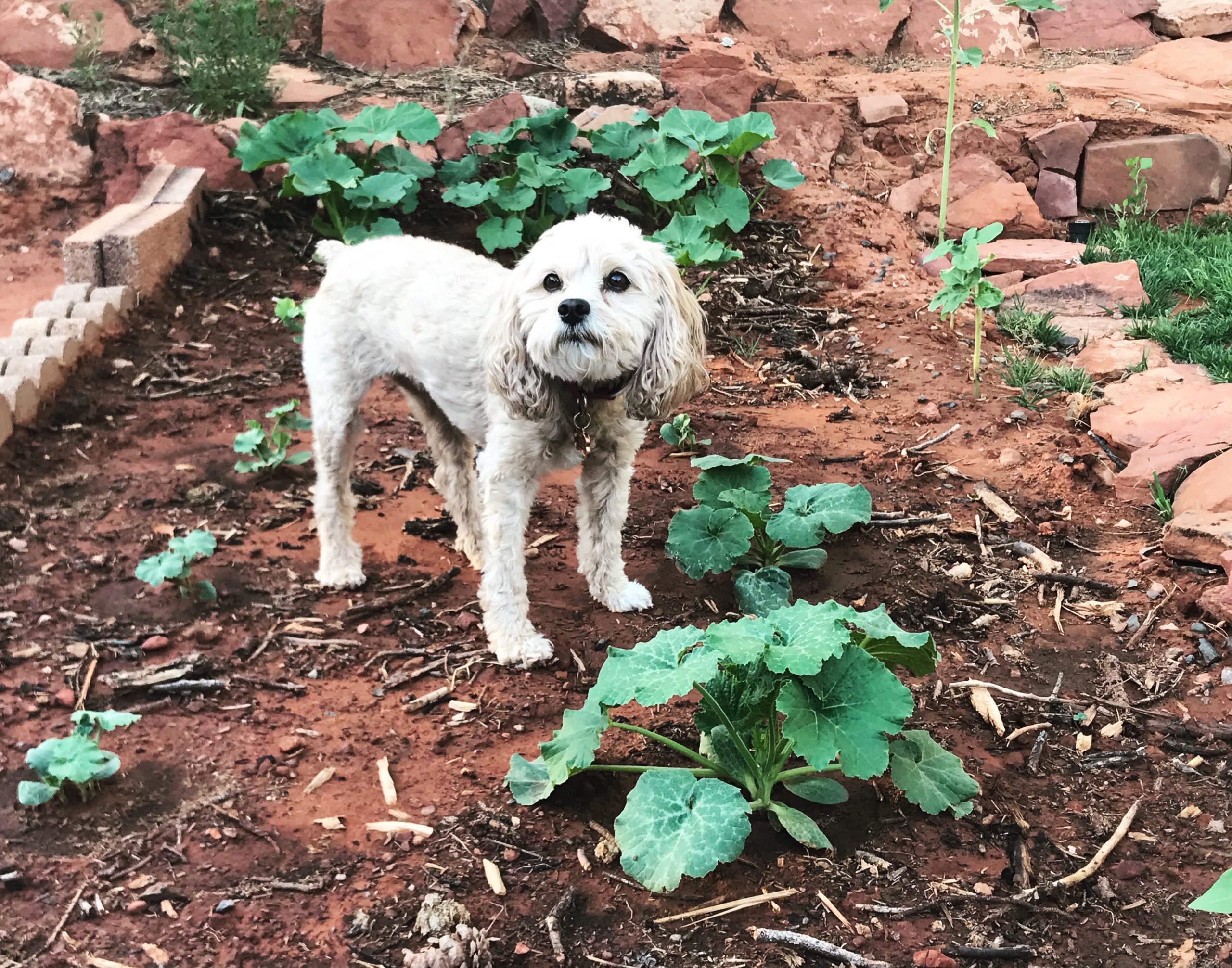USDA Hardiness Zone and Frost Dates


The leaves are changing and the days are growing shorter. Autumn is a great time to plan your garden for next year and enjoy the last summer blooms before winter sets in. As a new grower there are some more jargon heavy phrases that I hear quite often. The first of these was “zone.” While I clearly know the word zone I did not fully understand what it meant in terms of growing. I would watch videos of fellow growers on YouTube and they would say things like, “I am growing in zone 7” or “zone 4b” and I would just watch them confused. I gleaned that zones were somehow about weather and temperatures but needed to dive deeper to understand what USDA hardiness zone and frost dates were all about.
USDA Plant Hardiness Zones
A USDA Hardiness Zone is given to all of the United State and it is based on yearlong temperatures, specifically cold temperatures. It is based on average low temperatures and is divided up by 10 degree increments.
For example I live in zone 8b, which means that our average low temperatures do not get below 15-20 degrees. So while this means that we will dip below freezing (32 degrees F) we have a relatively mild winter.

Why Plant Hardiness Zones Matter
Knowing what your lowest temperatures are is helpful in planting for a number of reasons. First, it allows you to know if you can grow certain plants in your location. Some plants are not able to withstand harsh winters and will die in those conditions. Some plants are hardy but can not get too cold. For example, the sweet pea is able to be planted in autumn for spring blooms if you live in zone 7 or higher. This means that it will not die off when the winter temperatures reach the low teens.
Planting in the autumn leads to bigger and healthier plants in the spring. There are several flowers that you can sow in the garden in late winter early spring, like a sweet pea, but having the opportunity to start the plant in the fall allows the root system to grow deeper into the ground which allows for a more robust plant in the spring.
When looking at seeds for these more cold tolerant plants knowing about their winter hardiness is invaluable.I feel really fortunate to be in zone 8 because most of the cool flower can be overwintered here.

Frost Dates
Another very important piece of information is to know your first and last frost date. Frost dates are the days that the low temperature drops to 36 degrees or lower. When I first heard about frost dates I thought it was when you reached 32 degrees. Unfortunately it is when you reach 36 as that temperature can cause frost to develop on the plants and many of the warm season plants are unable to survive a frost.
Your first date is actually the in the fall. This date is the first day that your temperature reaches below 36 degrees.
Your last frost date is in the spring. This is the last day of winter/spring that reaches 36 degrees.
Why Frost Dates Matter
Frost dates are maybe more important than hardiness zones. If you know when your last frost date will likely be you can start to plan out your summer flowers. For example, my historic last frost date where I live is April 16th. I can do a lot with that information.
We can start warm season flowers indoors that only take 2-4 weeks to grow indoors on March 15th.
We can start slow growing plants like Eucalyptus and Lithuanians in December and plant them out in the garden in March.
We can start more cool flowers indoors and plant them 6-8 weeks before my last frost date in January.
Knowing my last frost date is invaluable for planning my spring and summer plantings.
My first frost date is historically November 2nd. Knowing this helps me know when to start my cool flowers and when I can expect the frost to kill my warm season flowers. I can work my way back and know for example that I can keep planting sunflowers until September because the frost will not kill them.

Your Hardiness Zone Does Not Determine Frost Dates
While hardiness zone and frost dates both rely on weather and temperature they are not reliant on each other. You can live in zone 8 and have widely different first and last frost dates from me. I made the mistake of thinking that I could look up frost date based on zone before I knew what I was doing. The difference for me was about a month!
You will need to look up your Hardiness Zone for your growing location and your frost dates separately to help you with your planning and growing.
Resources
There are so many things that you can access to help determine your Hardiness Zone and Frost Dates. These are just a few that have helped me.
The old Farmer’s Almanac – for historic frost dates.
The Gardner’s Workshop – Lisa Mason Ziegler sells seeds on her website and will tell you if they are cool season or warm season plants. She also gives really great planting advice for all the varieties they sell.
Cool Flowers by Lisa Mason Ziegler – This book has so much information about autumn sowing. It is one that I refer back to all the time to see if I can plant something in my zone and best ways to plant it.
I hope that this was helpful in differentiating the difference between USDA Plant Hardiness Zones and frost dates. I can’t wait to see what my autumn planted flowers look like in the spring!

